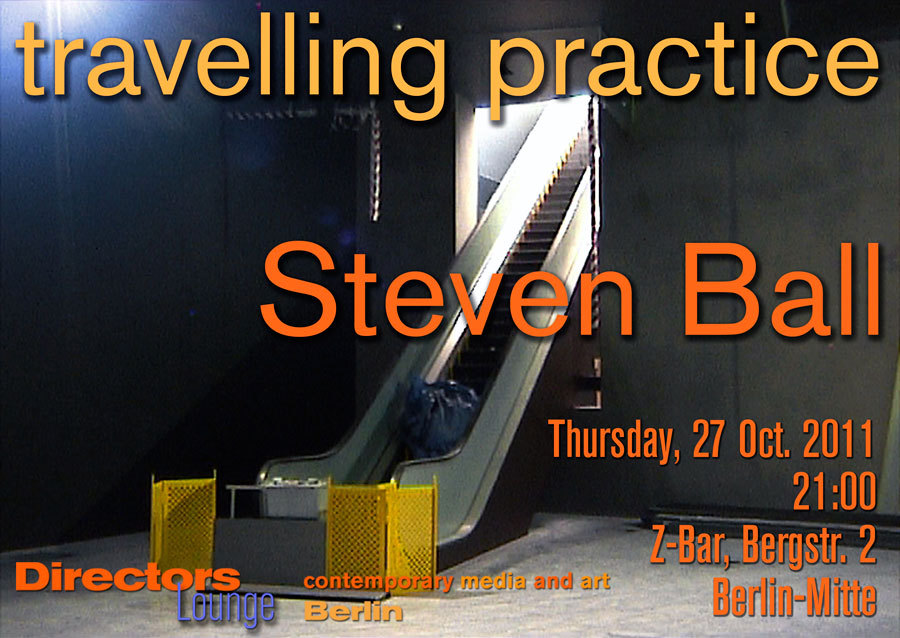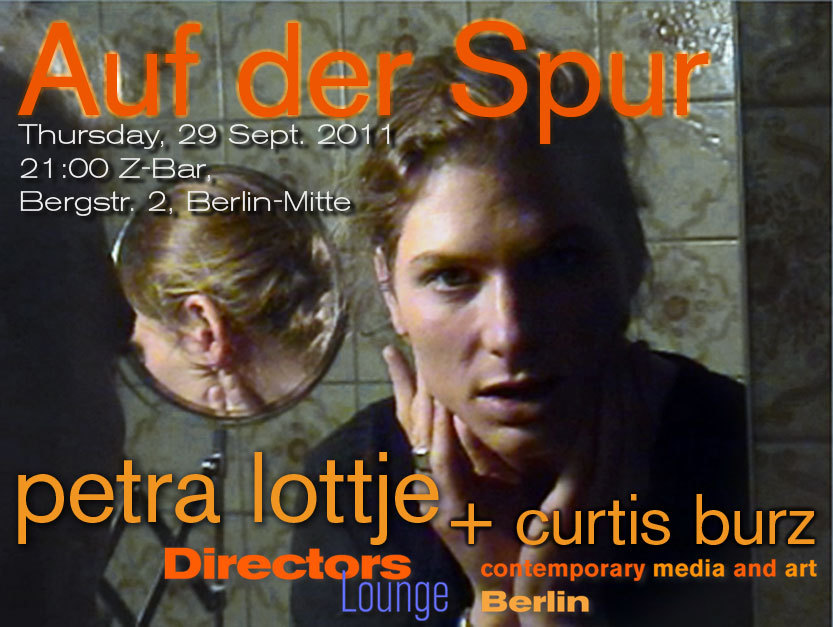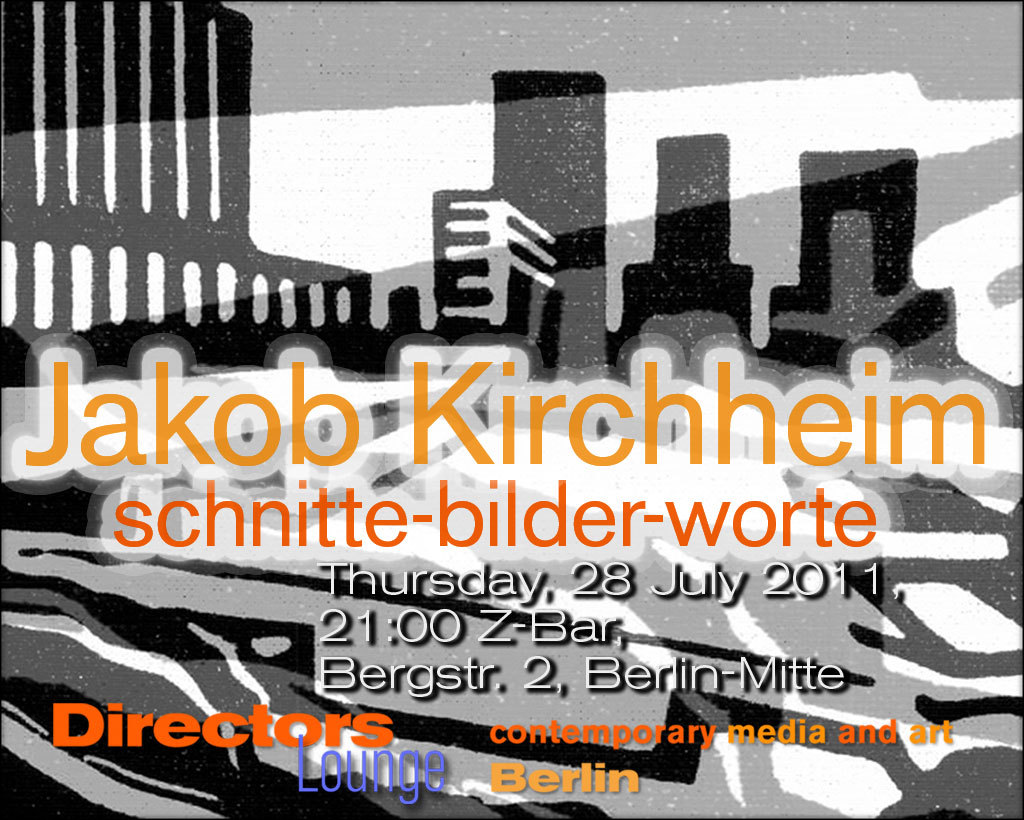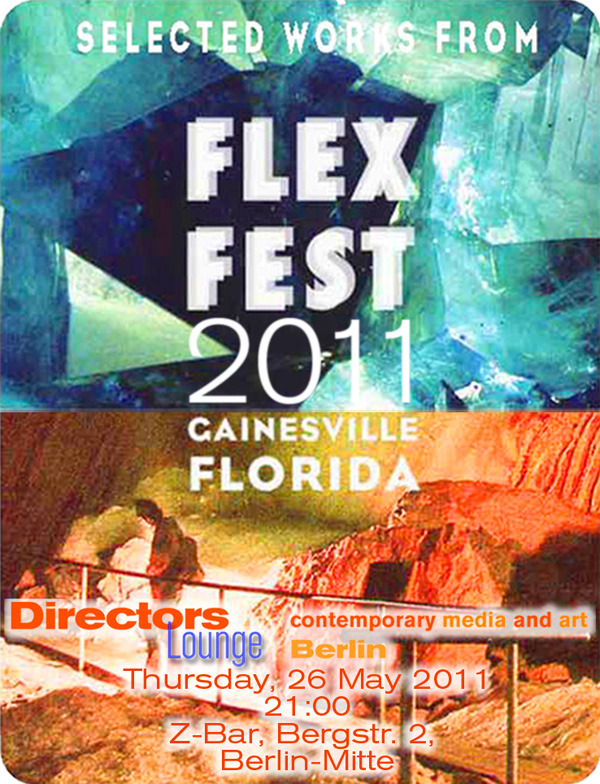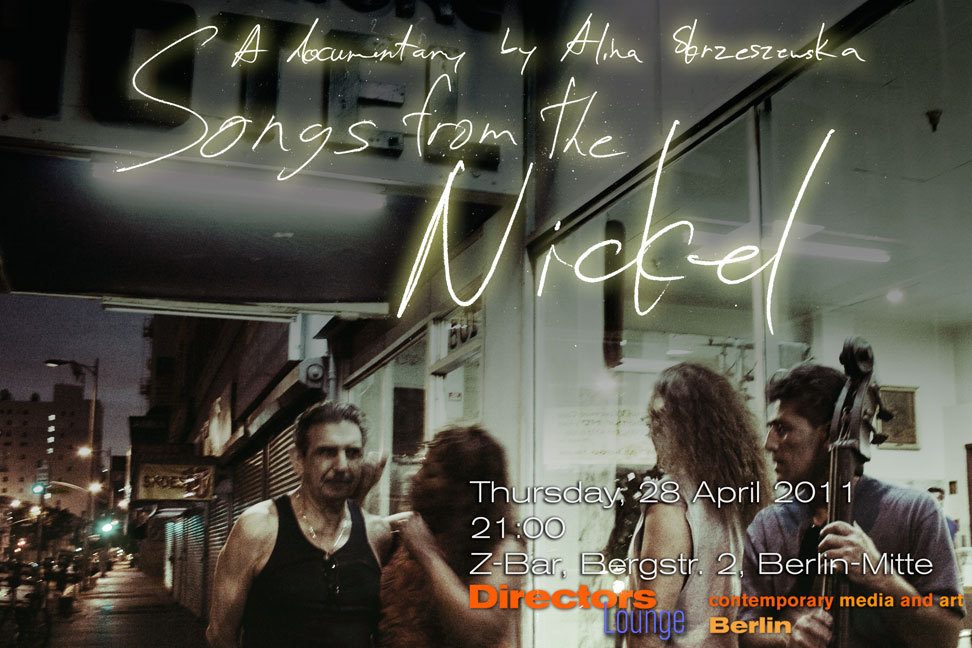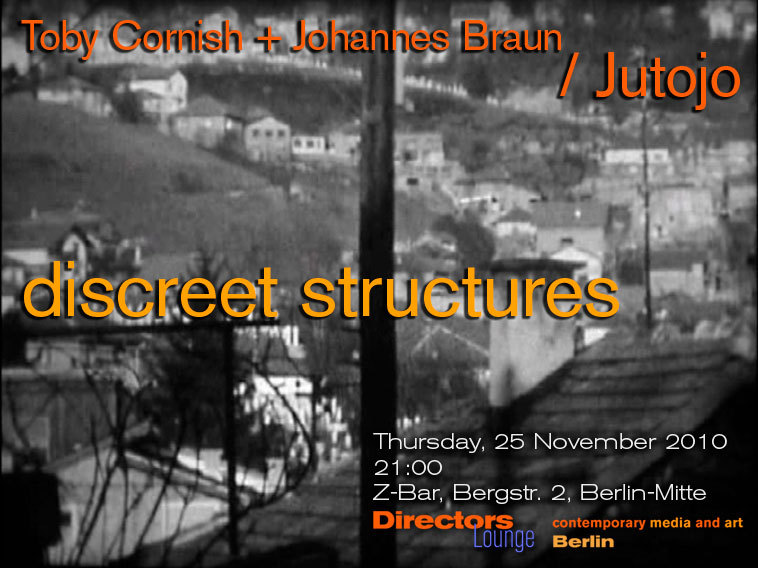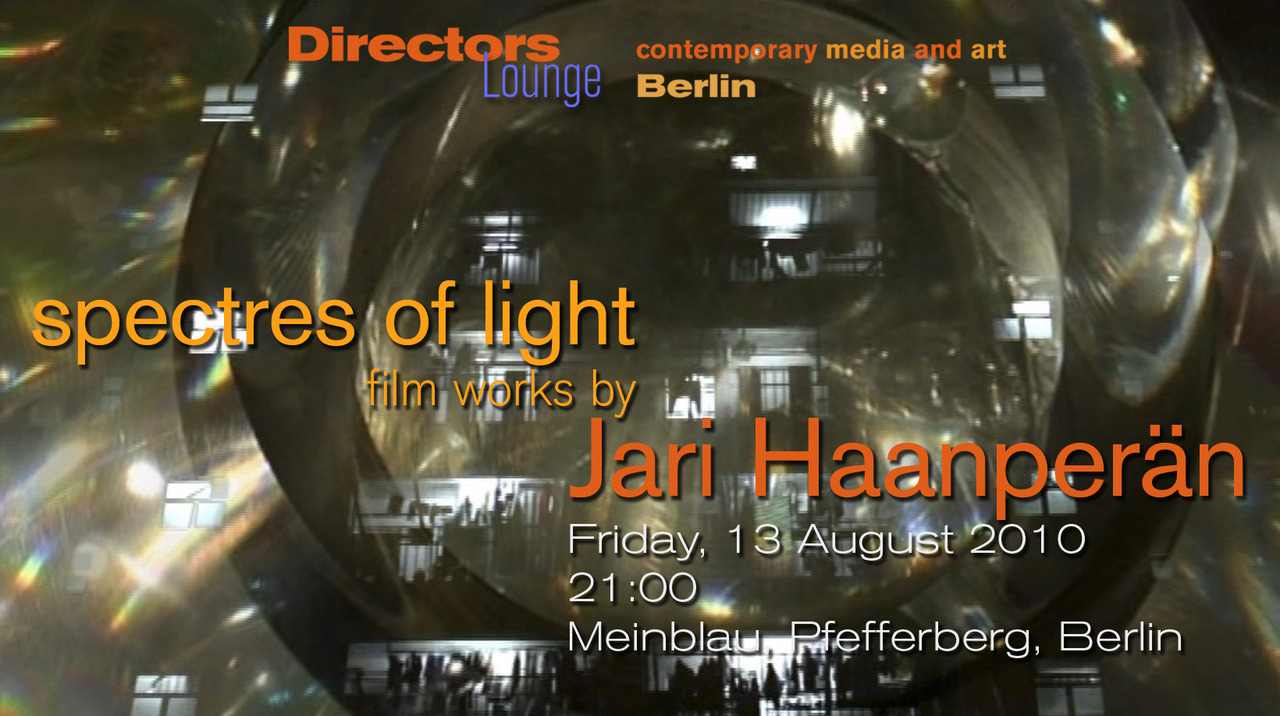
Films by Jan Soldat 13th April / 8 pm / Volksbühne at Rosa-Luxemburg-Platz 1
“Haftanlage 4614/ Prison System 4614” (GER 2015, 60‘)
“Der Besuch/ The Visit” (GER 2015, 5‘) German premiere
(both films will be screened original with engl. subtitles)
In his latest documentary “Prison System 4614”, premiered at this year’s Berlinale Panorama, Jan Soldat is presenting a self-built prison, where men may be imprisoned and tortured on a voluntary basis. The torture here is a service – the detained men are not victims, they are paying customers.
“The inhabitants of the prison system are players in a game that not only reproduces the logic of power, domination and oppression, but makes it his own. The nightmare of adhesive is designed using this method as a parody and pleasure principle. The observational documentary approach that gives ironically the power play his credibility complicit takes part to the fiction of the room. It is only the fictional space of the prison, which ultimately can evoke the stage of a possible freedom.” (Giona A. Nazzaro, programmer and filmcritic)
By “Prison System 4614” Jan Soldat has in his his own style, which is characterized by strict framing, raw sparse and laconic and tender images, again dealt with variations of sexual desire beyond what the heteronormative consensus considered “normal”.
The subsequent film “The Visit” shows the clash of generations: The 94-year-old grandmother and her daughter are visting the self-built torture-prison of the grandson.
Jan Soldat was born 1984 in Karl-Marx-Stadt (former GDR). Since 2006 he directs and produces short films. Jan Soldat began in 2008 to study at the Academy of Film and Television “Konrad Wolf” in Potsdam-Babelsberg. His work was presented at numerous national and international film festivals:
2010 „Geliebt/ Be loved“ – 60th Berlinale Shorts – short film competition
2012 „ZUCHT und ORDNUNG / LAW and ORDER“ – 62th Berlinale Panorama 2012 „Crazy Denis Tiger“ – 62th Berlinale Generation 14Plus.
2013 „Der Unfertige // The Incomplete“ – CineMAXXI Award Festival Internazionale del Film di Roma
2013 „Der Unfertige“ – nominated for „German Critic’s Prize – Best short film“ 2014 „Hotel Straussberg“ – Viennale ‘14
2015 “Die Sechste Jahreszeit / The Sixth Season” and “Der Besuch” – 44th International Film Festival Rotterdam
2015 “Haftanlage 4614 / Prison System 4614” – 65th Berlinale Panorama"
Find more information about the event here

